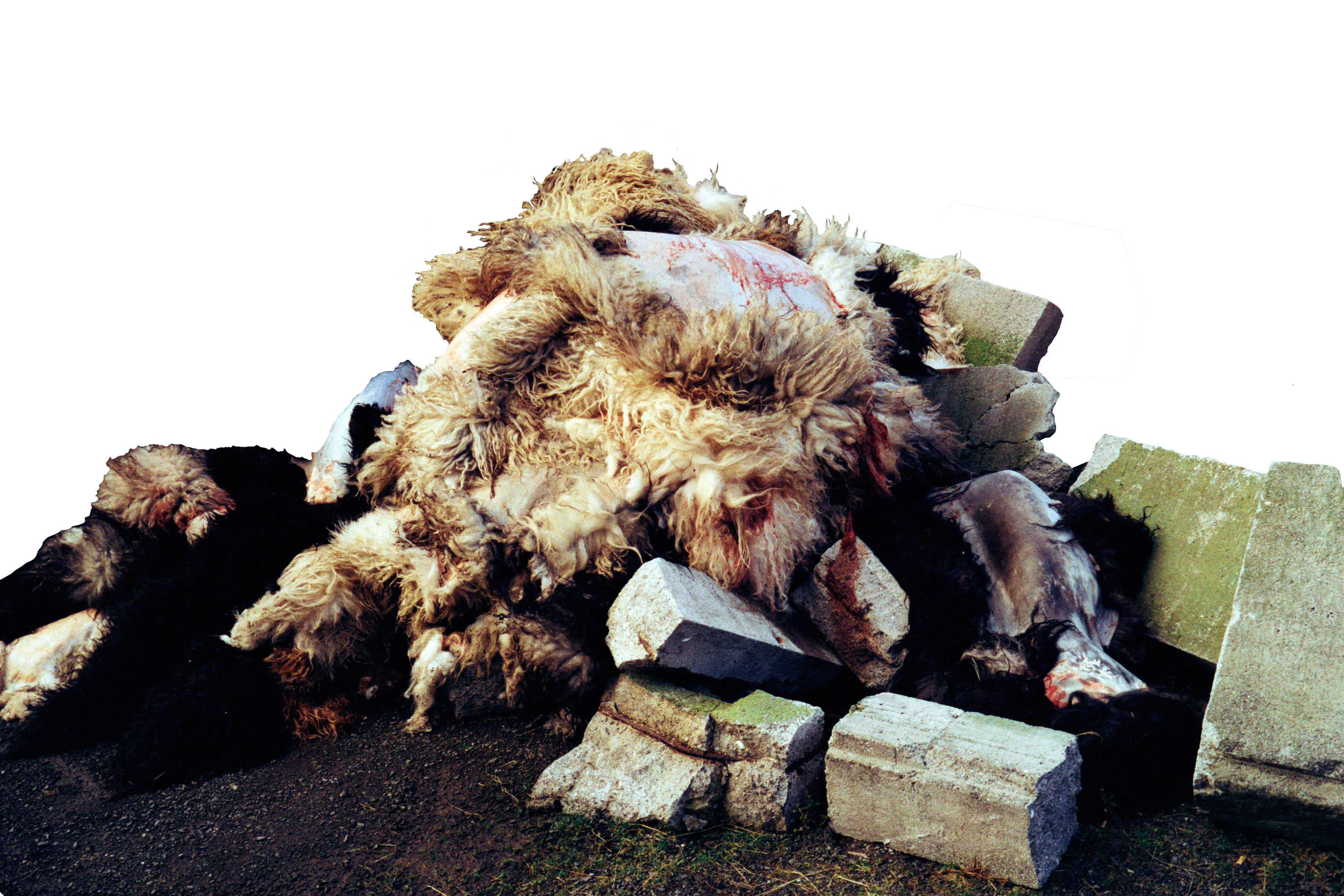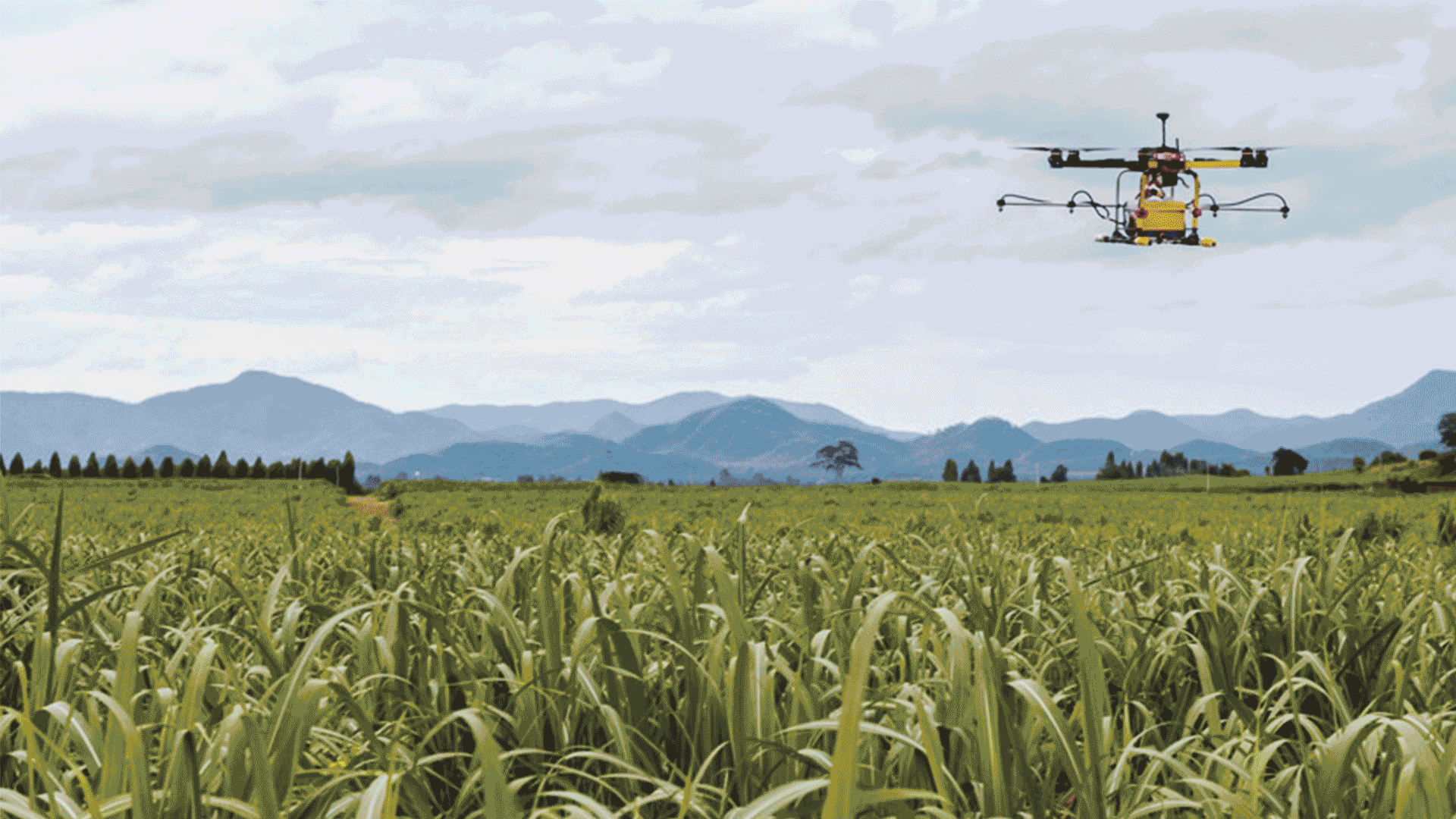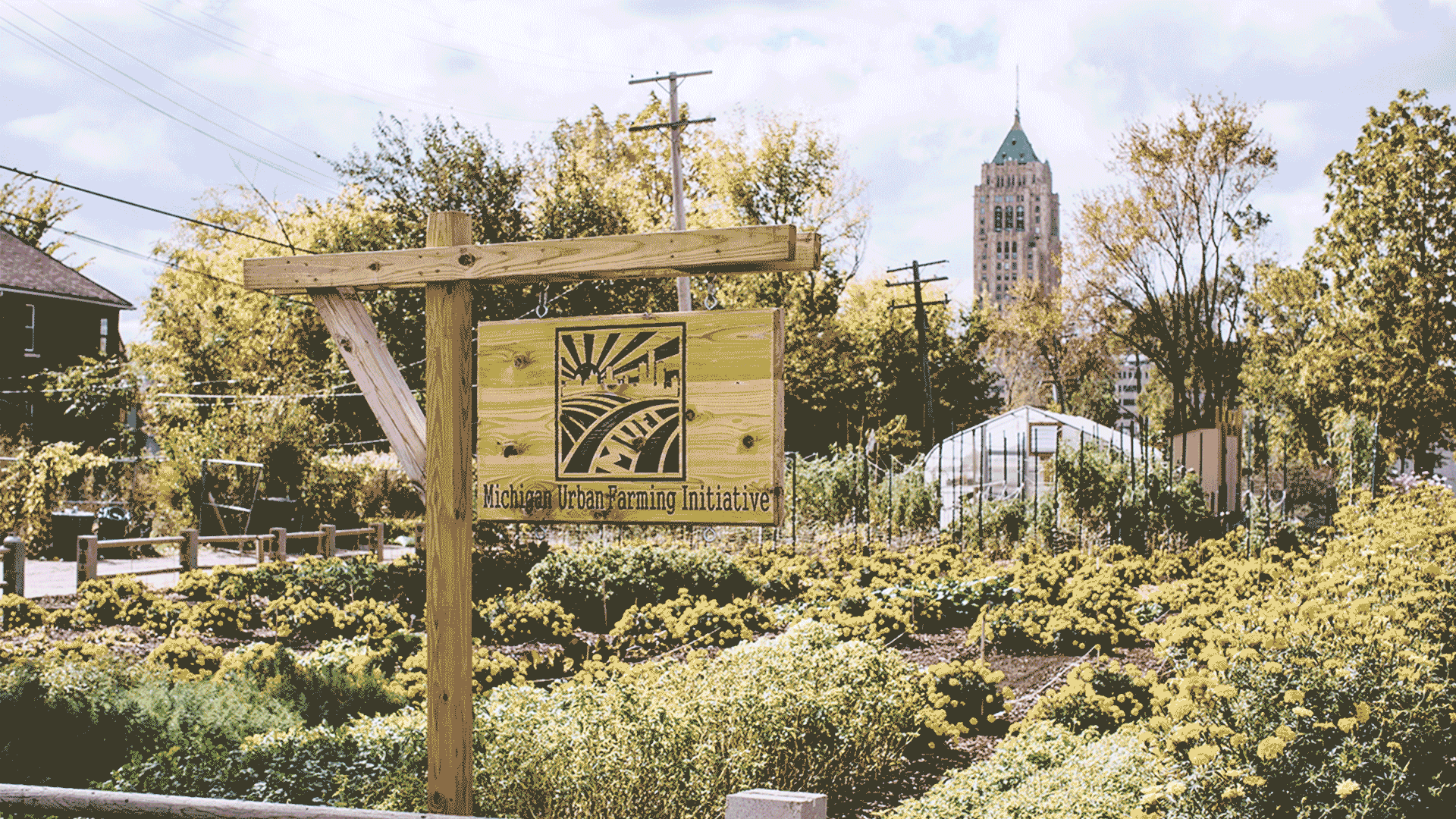
An Introduction:
The Agriculture of Entanglement is a design research project that is concerned not only with the production of food but the way humans and non-humans can come together in productive symbiosis in order to move our current trajectory towards a sustainable future.
The urgency to work with this topic seems to be more than apparent. Industrial production [not only of food] has alienated the consumer from the end product and has rendered society without interest in the![]() that provides their daily meals. As a result the latent power of the consumer to demand political change remains unused.
that provides their daily meals. As a result the latent power of the consumer to demand political change remains unused.
The project finds its point of departure in![]() ︎︎︎ on the Faroe Islands and the lessons that can be learned there for a future of multi-species co-existence.
︎︎︎ on the Faroe Islands and the lessons that can be learned there for a future of multi-species co-existence.
The motivation of the project is to explore a position inbetween those![]() [advocating for an obscure and fully automated agriculture] and
[advocating for an obscure and fully automated agriculture] and ![]() [dreaming of small scale community focused food production] that seem to dominate the current discourse.
[dreaming of small scale community focused food production] that seem to dominate the current discourse.
The theoretical framework︎︎︎ of the project is deeply intertwined with ideas that question the sharp boundaries between the modern concepts of man, machine and nature - by thinkers like Keller Easterling, Manuel Delanda, Donna Harraway, Benjamin Bratton, Anna Tsing, Bruno Latour, Elvia Wilk, Tobias Rees and many other.
The project is not an attempt at finding a concrete solution to a discrete problem but rather an exploration into a field. It contains critical writings, propositional thoughts and tentacles that are trying to reach out into the real world in an attempt to transform the way we produce food in a variety of different ways.
The urgency to work with this topic seems to be more than apparent. Industrial production [not only of food] has alienated the consumer from the end product and has rendered society without interest in the
broken system︎︎︎

The project finds its point of departure in
a sheep slaughtering

The motivation of the project is to explore a position inbetween those
technocrats︎︎︎

technocritics︎︎︎

The theoretical framework︎︎︎ of the project is deeply intertwined with ideas that question the sharp boundaries between the modern concepts of man, machine and nature - by thinkers like Keller Easterling, Manuel Delanda, Donna Harraway, Benjamin Bratton, Anna Tsing, Bruno Latour, Elvia Wilk, Tobias Rees and many other.
The project is not an attempt at finding a concrete solution to a discrete problem but rather an exploration into a field. It contains critical writings, propositional thoughts and tentacles that are trying to reach out into the real world in an attempt to transform the way we produce food in a variety of different ways.
„Direct political and legislative activism is crucial, even though it may advance slowly.
But design work in space need not wait for either the revolution or the client commission. It can begin even now to act with what may, at first, seem like unlikely spatial material. […] it can work simultaneously on multiple, varied, overlapping experiments parsed by many heterogeneous variables on many different platforms.
Rather than prescribing solutions, like buildings, master plans, or algorithms, medium design works with protocols of interplay—not things, but parameters for how things interact with each other. For everyone accustomed to looking for solutions, these forms of interplay may be perplexing.“
- Keller Easterling: Medium Design
A Selection of Propositional Thoughts:
What if the future of entangled food production lies in a space that owns itself?
more ︎︎︎
![]()
The month of march I spent working at the social service club for a residency sponsored by ICA - a Swedish supermarket chain. The brief that all the residents worked on was „how to make one million swedes live healthier“. Coming from a long process of research I could see that exactly this clash between an academic utopia and the logic of a multinational company could be incredibly productive.
more ︎︎︎
The center in Høje Gladsaxe is a late modern dream of a concrete superstructure. It is located in an ambivalent place. In close proximity towards the east there is a painfully stereotypical suburban neighborhood of Copenhagen. Single family houses surrounded by small gardens connected with a web of smaller streets. To its western side the atmosphere changes a lot. An estate of five 16-storey concrete block towers over a laid out park – a textbook modernist dream
more ︎︎︎
In the academic framework of the Political Architecture master-class that this project has been developed in I have worked on a final keynote to present my research. For 35 mins the presentation takes the audience into the depth of the project.
The intention here is not to give an overview and a precise understanding of how things have been developed but rather to offer an experience of the project as a whole. It might be advised to familiarize oneself with the introduction in order to be able to follow the rather dense amount of information.
The intention here is not to give an overview and a precise understanding of how things have been developed but rather to offer an experience of the project as a whole. It might be advised to familiarize oneself with the introduction in order to be able to follow the rather dense amount of information.
A Selection of Propositional Thoughts:
What if the future of entangled food production lies in a space that owns itself?
A space that is not a tool for anthropocentric profit and exploitation but a place for exchange between a variety of human and non-human agents.
Imagine a vertical farm that starts as a crowd funding project. Both private people but also the government or NGO‘s could invest. All funders receive a number of shares accordingly to their financial backing of the project and all shareholders are entitled to some of the food that is being produced but not all of it. So far, so normal.
But the glitch here is that the vertical farm is coupled with an AI which has the primary goal to become a legal body in society and thus to sustain itself throughout the unknown future.
So the first thing the AI strives towards is self-ownership. Over a number of years all the profit that is generated will be channeled into buying back the shares from the initial backers.
For these years the vertical farm operates inside of a purely capitalistic logic aiming towards the highest revenue per square meter. This happens until the farm finally owns more than half of the shares and officially owns itself. The question is: what happens then?
What happens at the point where the food production space and the coupled AI own themselves and their objective is not profit but sustaining itself?
What happens when food production becomes a myriad of symbioses between human and non-human species Instead of a one directional exploitation?
What if A Production space that owns itself could become a middleman that can enter a conversation on eye-height with either humans, machines, plants, animals or microbes.
more ︎︎︎

The month of march I spent working at the social service club for a residency sponsored by ICA - a Swedish supermarket chain. The brief that all the residents worked on was „how to make one million swedes live healthier“. Coming from a long process of research I could see that exactly this clash between an academic utopia and the logic of a multinational company could be incredibly productive.
In general the whole experience felt very entangled. A bunch of creatives from a variety of different fields, working on a beautiful farm as the backdrop, on the bleak reality of our broken food system. And all of that is payed for by a supermarket chain that is both the problem but probably also a key to a better future.
So being tossed into that fertile field for intense discussions felt like the grounding process that the project really needed.
more ︎︎︎
The center in Høje Gladsaxe is a late modern dream of a concrete superstructure. It is located in an ambivalent place. In close proximity towards the east there is a painfully stereotypical suburban neighborhood of Copenhagen. Single family houses surrounded by small gardens connected with a web of smaller streets. To its western side the atmosphere changes a lot. An estate of five 16-storey concrete block towers over a laid out park – a textbook modernist dream
And in the middle of this ambiguous spatial arrangement you’ll find the Center.
Architecturally the center belongs to the language of the functional concrete blocks. They share not only their material expression but especially their non-human scale. But the program in the center seems to offer everything that one needs on a daily basis for both sides of the neighbourhood. Thus it might be indeed this banality and the focus on convenience and accessibility that enables the place to bridge the gap between the two sides.
So in this rather unassuming space I would like to introduce a platform for agricultural productivity that might be able to challenge the way humans and non-humans inhabit and use this planet together.
more ︎︎︎

